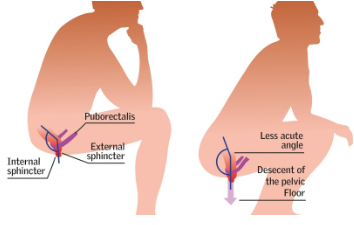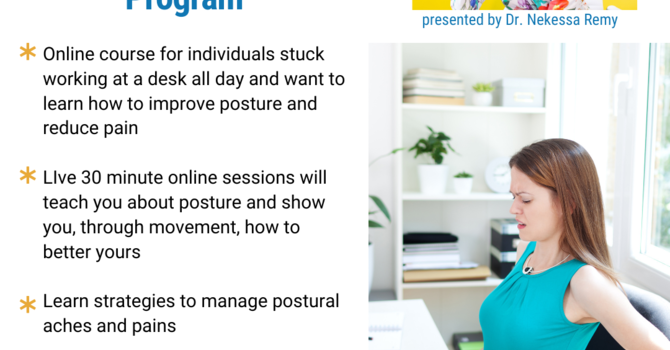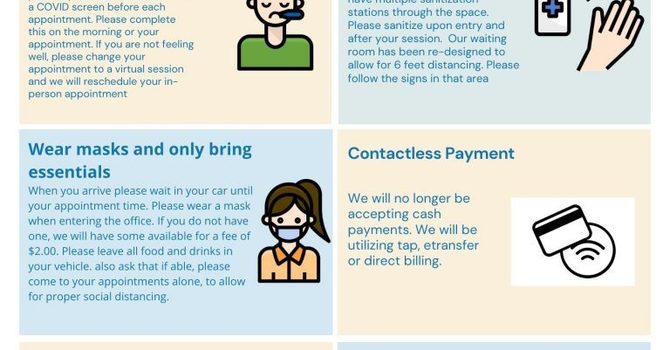
Did you know that common conditions like hemorrhoids, hernias and urinary tract infections can be caused by improper poop posture?
That’s right, how we position ourselves on the toilet can affect our bodies ability to eliminate our natural waste. Research has found that the modern-day toilets do not allow the body to function naturally. Sitting on a toilet prevents the muscles along the rectum to relax, thereby forcing the body to strain during a bowel movement. The added strain can cause pain, result in constipation, and make it difficult to eliminate waste.
The solution, squatting instead of sitting. Squatting when defecating is not a novel concept. Just take a look at non- potty-trained toddler. They will often be found squatting when pooping because it is the position our body naturally craves during this time. Prior to the invention of the toilet, we as humans would squat in outhouses or outdoors into holes in the ground when defecating.
In the squatting position, the decreased hip angle, prevents any kinks in the recto-anal canal. This canal is the tube in which the bodies waste travels on its way out. When sitting on a toilet, the larger angle can create restrictions in this tube, leading to more resistance. Squatting also allows gravity to do most of the work, reducing the strain of the rectal muscles and assisting with complete elimination of waste.
So, do we just throw out our toilets and start digging holes in the backyard? Luckily no. Here are some tips to improve your pooping posture on your next trip to the bathroom.
- Lean forward when sitting on the toilet with hands resting on the thighs. This will help to decrease the hip angle and remove any restrictions in the rectal canal.
- Knees are bent and are higher than the hips. Consider using a footstool or products like the squatty potty which is designed to create a squat-like posture by improving the hip angle and getting rid of kinks in the rectal canal.
- Ensure both feet are flat on the floor.
- Breathe through the abdomen, to prevent straining and contracting of the pelvic floor muscles. The stomach should expand with inhalation and deflate with exhalation. With each exhale, push down towards the anus.
- Relax the anal sphincter to open the bottom region and let the stool out.
For more information contact us at appointments@thechiropracticoffice.ca.


